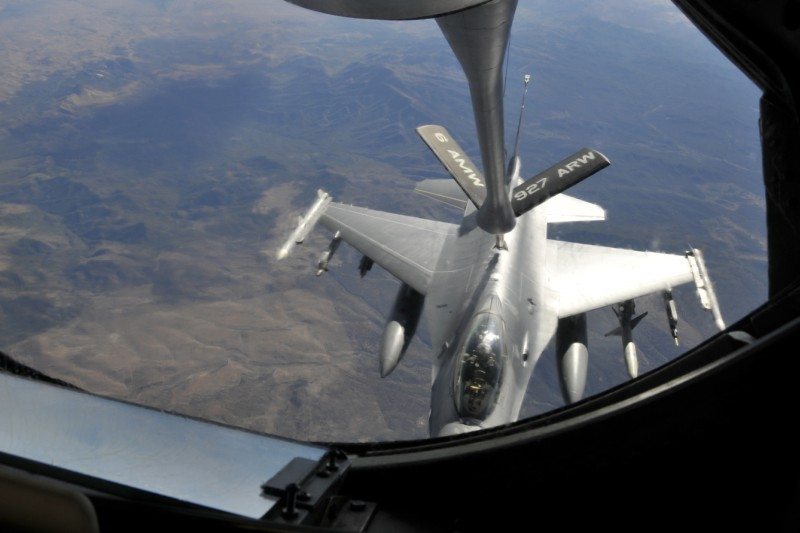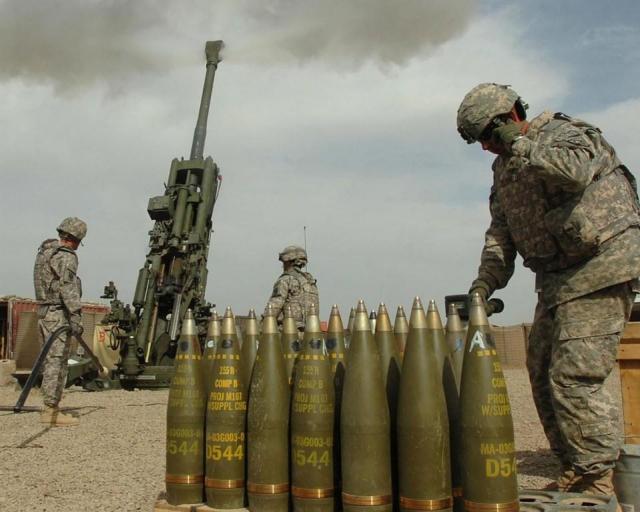Changes are coming to the Air Force and officials are working with the Department of Defense to prioritize current and future resources as part of a national priority to reduce spending.
In the spring of 2010 the Defense Department began a comprehensive effort to increase efficiencies, reduce overhead costs, and eliminate redundant functions in order to improve the effectiveness of the DOD enterprise.
This effort focused on reprioritizing how DOD can use resources to more effectively support and sustain the total force and most importantly the warfighter.
According to the Secretary of the Air Force, Michael Donley, the Air Force is following that guidance.
“We have been examining the full spectrum of operations — from base-level to headquarters — to develop efficiency initiatives that streamline and right-size the organization and redirect resources where we need them most to forge a leaner, more-effective Air Force,” said Donley.
Air Force leaders are also focused on shaping the force within the established budgetary guidelines.
“We can’t afford business as usual,” said Donley. “We are developing new ways of doing business as we build the Air Force of the future.” The future force will reflect reductions in some areas and growth in others, he said.
“We will need to reduce overhead and consolidate wherever possible to meet budget targets,” said Chief of Staff of the Air Force Gen. Norton Schwartz. “We will have to make difficult choices.”
To begin shaping the workforce to meet future needs, the Air Force implemented hiring controls in May, followed by a 90-day hiring freeze in August, and Voluntary Early Retirement Authority/Voluntary Separation Incentive Program offerings in September. Mandated by the Fiscal 2012 budget, these actions are designed to accommodate the reduced growth in the civilian workforce by allowing the Air Force to consider where new positions will best support future missions and where current tasks need to be eliminated or reduced.
As the Air Force approaches the end of the 90-day hiring freeze in November, and employees approved for VERA/VSIP approach separation by 31 December, the Air Force will consider what additional measures may be required to meet future needs. Air Force members should expect continued workforce shaping measures, affecting military, civilians, and support contractors.
Some of the consolidation and shaping includes organizational changes at the MAJCOM and installation level.
“Air Force organizations and installations of the future may not operate the same tomorrow as they do today,” said Schwartz. “In fact, we are considering a restructure of AFMC – our largest employer of civilians – to standardize processes, streamline decision making and align missions for more effective operations. The new structure will focus on reducing overhead costs and redundant layers of management while largely protecting the command’s rank and file workforce.”
Given the scale of the coming reductions, functional communities are taking a look at their processes seeking opportunities to streamline operations, Schwartz said. Additionally, Air Force leaders have been examining numerous base-level support activities, looking for better ways to support Air Force missions.
According to Schwartz, the Air Force will establish new baselines for many functions across the Air Force.
The Air Force will also focus on providing the essential services members need and taking more advantage of local communities and the valuable services they provide for Airmen and their families. For example, some services commonly available on installations, but are either not financially viable or not often used, may be consolidated or closed in order to redirect resources to other places where Airman and family needs are greater, he said.
The Chief Master Sergeant of the Air Force expressed confidence in the ability of Airmen to adapt to change as the Air Force evolves.
“As specifics of these challenges start to take shape, I’m confident our Airmen will exceed all of our expectations,” Chief Master Sergeant of the Air Force, James Roy said. “In the end, we will remain the world’s finest Air Force.”
“These are challenging times, but we have a unique opportunity to shape the future of America’s Air Force, and we are committed to doing everything possible to balance fiscal responsibility with our investments in our people and the nation’s defense,” said Schwartz. “I have no doubt our Airmen will rise to the challenges before us.











